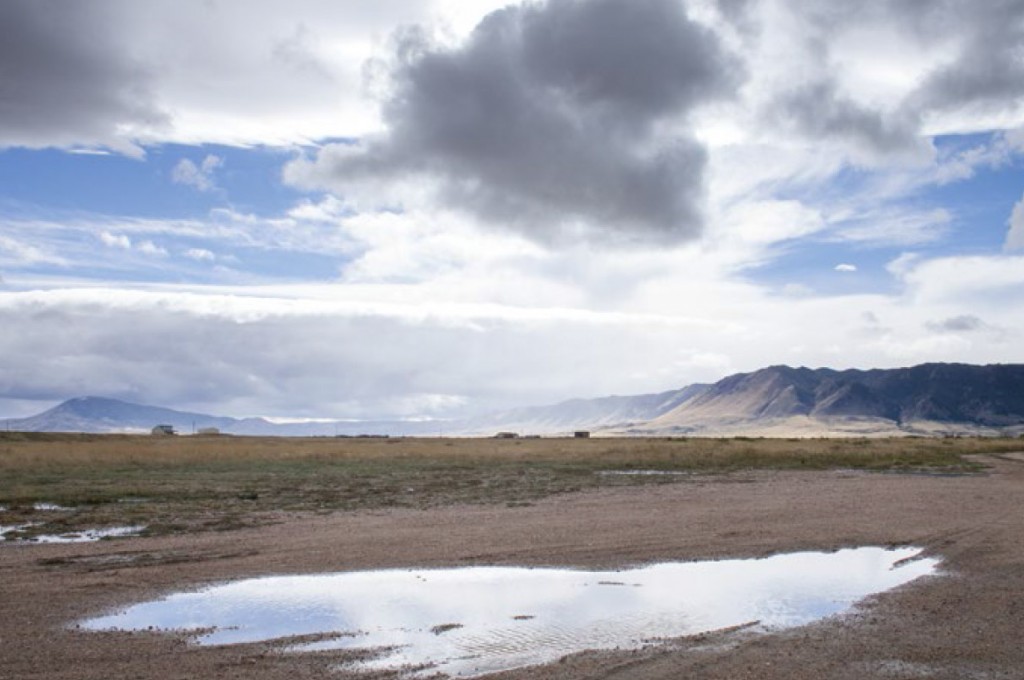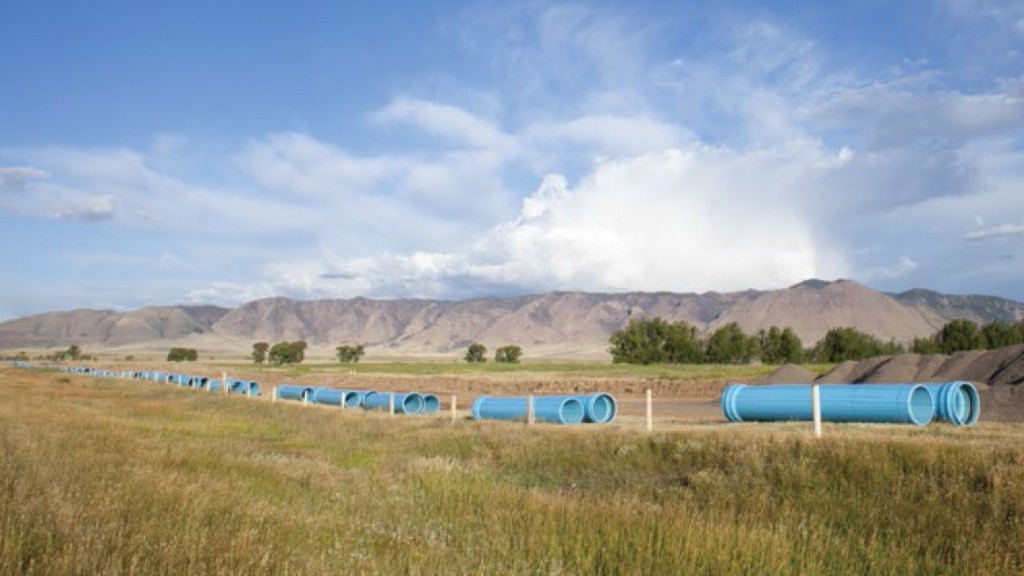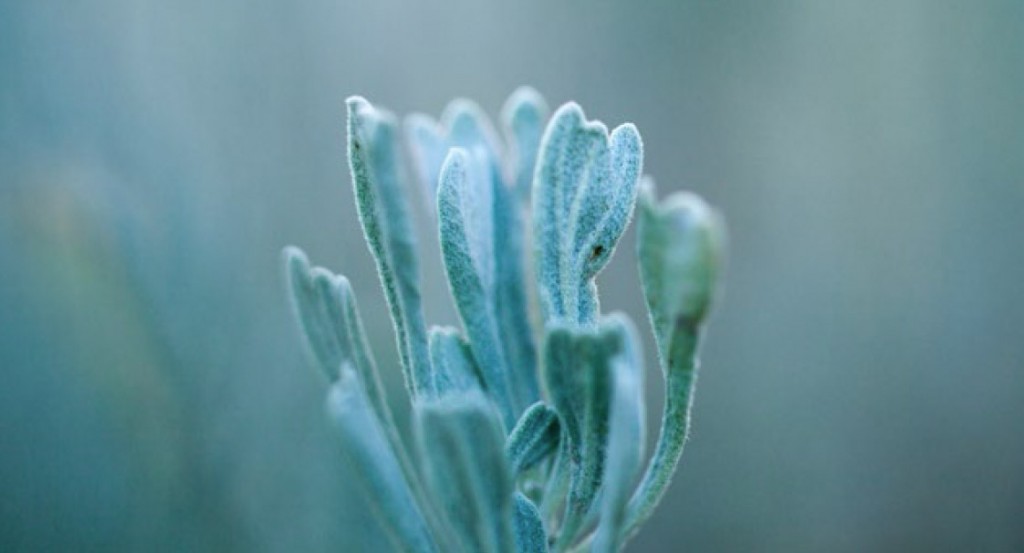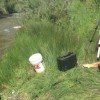Photo Essay
Water, or perhaps the absence of water, defines the Wyoming landscape and shapes the species that live on it. Big sagebrush (Artemesia tridentata) is one species particularly well adapted to Wyoming’s arid climate. The shrub has two root systems. Shallow lateral roots absorb snowmelt and spring rain. A single long taproot extends straight underground to access deep water in late summer and fall. The plant’s ephemeral leaves grow in the wet spring. In the dry summer months, these leaves fall off to conserve water. The smaller evergreen leaves stay on year round to turn sunlight into food for the plant without letting go of too much water. Thousands of years of adaptation help sagebrush make the most of scarce water in this arid landscape.

Humans, by contrast, have not had time to adapt to the Wyoming climate. Instead, we sculpt the landscape to make it habitable. We build dams, diversions, levies, and irrigation systems to control, store, distribute, and use water. Our success is measured in our towns and agricultural production. As the human population increases and the effects of climate change continue, demand for water will increase, placing more stress on the systems we have created. The changes are great and the time frame is short. We are in the middle of a massive experiment, and we are not sure what the outcome will be. How far will our technology carry us as water supplies change? As water resources are stretched thinner, can we mimic the sagebrush’s strategy for making a livelihood in a spare environment?

Words and photographs by Charlie Reinertsen



